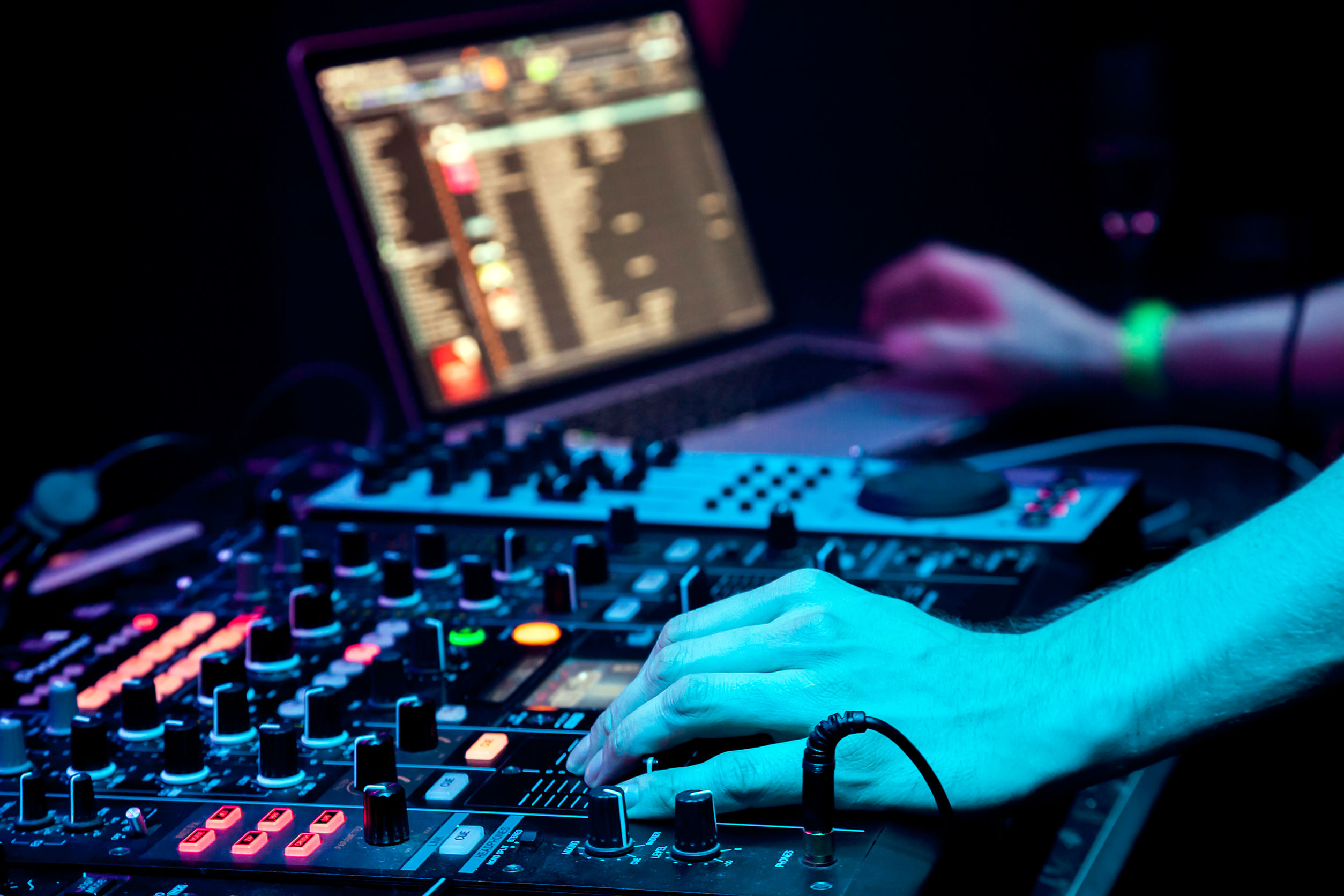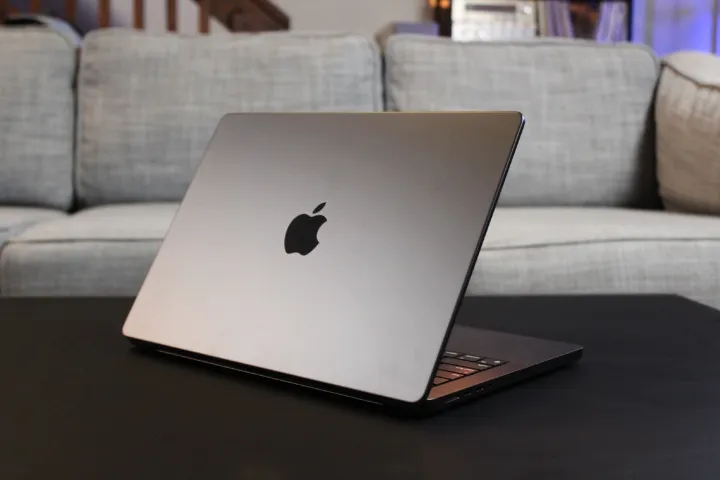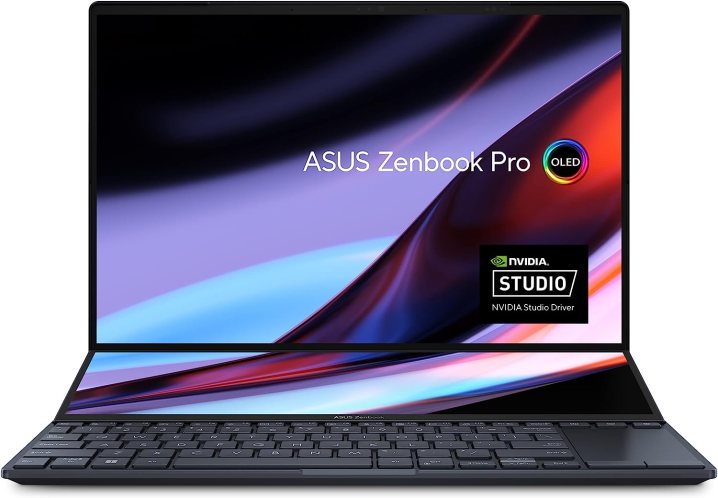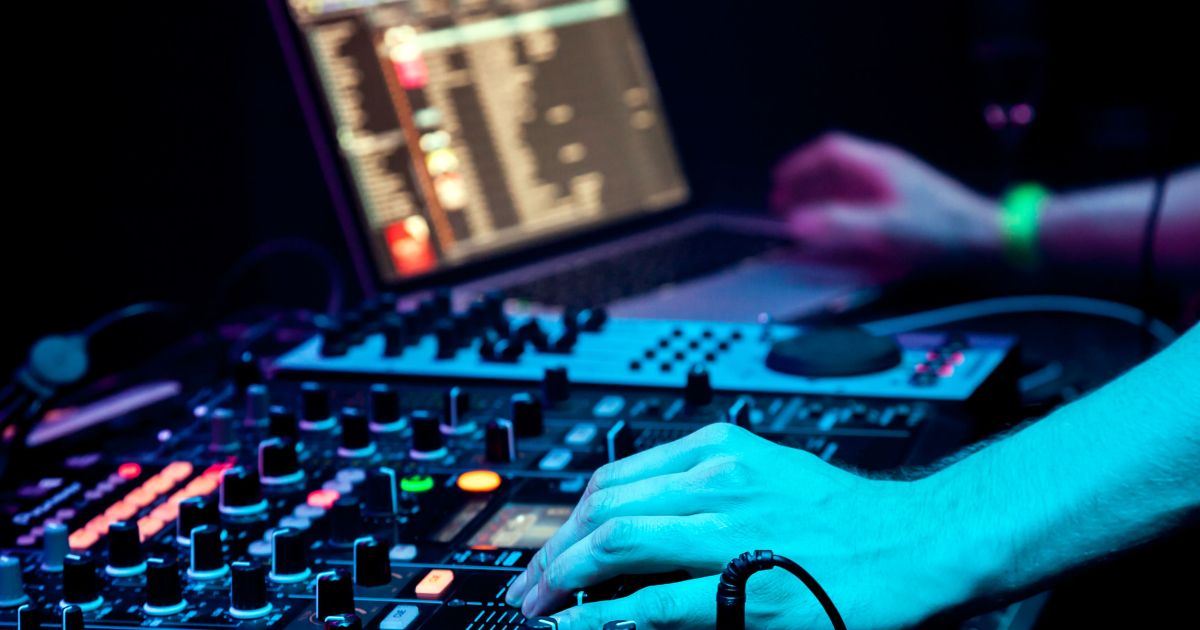
The world has gone pretty far when it comes to the processing power that we carry around with us, and if you’re big into music production, then you’re the luckiest of all. Some of the best laptops on the market have high-end CPUs for relatively low prices, which means that if you want to do music production on a laptop, you have a huge number of choices. Of course, that does also mean that it can be hard to navigate and pick the best laptop for your budget and needs, which is why we’ve done the legwork for you. We’ve collected our favorite picks below in various categories so that you can pick them with ease. Plus, we’ve even thrown in a quick guide on what to look for so that if you don’t find what you want here, you can check out these other laptop deals for alternatives.
The Best Laptops for Music Production
- Best overall laptop for music production:
- Best Windows device for music production:
- Best portable laptop for music production:
- Best large-screen laptop for music production:
- Best for 2-in-1 laptop for music production:
How to Choose a Laptop for Music Production
CPU
Easily the most important part of any music production laptop is the processor; if you don’t have a good processor, you’re going to struggle. That’s mostly because DAWs rely on multi-core usage to process their information, so the more cores and threads you have, the better and faster any audio processing will go.
As for what CPU to pick, you’re going to want to go for mid-range and up. When it comes to Intel, the most powerful consumer CPU it has is the i9, followed by the i7, i5, and i3, although you should stay away from the i3 and aim for either the i7 or the i9. AMD CPUs have a similar terminology, with the R9, R7, R5, and R3, and much like Intel, you want to stick to either the R9 or R7. These constitute the top two choices in each respective CPU maker, and they’ll give you the best overall performance for your music production.
RAM
While RAM doesn’t have as big of an impact as the CPU, it will make your life a lot easier in the long run. RAM is used as a temporary memory for things like audio files so that when the DAW is trying to use them, it can grab them quickly from the RAM rather than have to rely on an HDD or SDD speed, which will slow things down.
So, how much RAM should you have? Well, you shouldn’t go below 8GB, which is a bit on the low side. The ideal for the smoothest experience at the best price is 16GB, and if you use a lot of samples, then 32GB is also going to be pretty good. Anything over that is likely overkill, plus you won’t easily find 64GBs on a laptop without having to go in and upgrade it yourself.
Storage
As mentioned above, storage does play a small part in how fast a DAW runs, and if you have a lot of memory, then you don’t need to worry about this too much. That said, an SSD will always be better than an HDD, but that shouldn’t be an issue since most laptops come with SSDs now anyway. The only time this will be something you have to worry about is if you’re using an external hard drive, and in that circumstance, we highly suggest you transfer anything you’re going to use to the internal SSD since that’s just going to be a little bit faster.
How We Chose These Laptops for Music Production
Picking a laptop can be really difficult, which is why we drew in all our experiences as tech experts, our understanding of the music production field, and the various day-to-day realities of using DAWs to come up with the best suggestions for you. That means we’ve done our best to make sure that all the suggestions below are going to be the best bang for your buck, especially since buying laptops that are geared to music production can get quite expensive, even ones that are budget-friendly.
M3 MacBook Pro 14
Best Overall for music production

| Pros | Cons |
| Excellent all-around performance | Storage is small |
| Gorgeous screen | Quite pricey |
| Long run-time |
There’s a reason that MacBooks are known for being great at music production, and that’s the case with the latest Apple MacBook Pro M3, which uses the latest M3 Pro Chip by Apple, and it’s one of its most powerful yet. With an impressive 14 cores to work with, there are a lot of CPU resources for you to use when it comes to music production. Also, while the 18GB of RAM won’t have a large performance impact, it’s certainly a nice addition to have, especially when it comes to running more than one or two music production apps at the same time.
Another thing worth talking about is the generally portable form fact of the 14-inch version of the MacBook Pro, although the smaller screen can be a problem if you prefer working on larger screens. That might actually be more of an issue than you realize since the MacBook Pro only supports one external screen, so if you have a multi-screen setup, you might be in trouble. That said, if you tend to do your music production on the go, that’s not necessarily an issue.
What might be an issue is the 512GB of storage, which isn’t really a ton when you consider how large some audio files can be and that you might be working on several projects at once. You might have to go for one of these external hard drive deals to keep most of your data on while retaining the internal storage for your production work only. It’s not a dealbreaker by any means, but it’s certainly something to keep in mind.
| Specifications | |
|---|---|
| Screen Size |
14 inches |
| Processor | M3 Pro Chip |
| RAM | 18 GB |
| Storage | 512GB |
| Weight |
3.5 pounds |
ASUS Zenbook Pro 14 Duo
Best Windows device for music production

| Pros | Cons |
| One of the most powerful CPUs on the market | Very expensive |
| Double-screen that can help with productivity | Small keyboard and touchpad |
| Touch-enabled |
The ASUS Zenbook Pro 14 Duo is a unique laptop because it’s likely the only one that comes with two internal screens: the big, 14-inch traditional one you might expect and the second one that takes up half the space where the keyboard would go. That means that you get a second, smaller screen to do with whatever your heart desires, and when it comes to music production, it can make a big difference where you don’t have to be tabbing repeatedly to find something. It also helps decrease the clutter since you don’t have to have a second monitor if you can get your workflow to fit with the two provided.
As for processing power, this configuration comes with an Intel i9-13900H, which is the latest-generation and highest-end CPU that Intel offers besides the professional-grade Xenon CPUs. It has 14 cores and the ability to 20 threads, so it’s more than capable of handling any music production you throw at it, and it even has 32GB of RAM, which is excellent for loading stuff into your favorite DAW and keeping things running smoothly.
Besides that, the Zenbook Pro 14 Duo comes with an RTX 4060 for gaming if you want to go that route, or it can help with some video and graphical production and editing. We’ll also mention that the screen is OLED, so it’s absolutely gorgeous, especially with the 2880 x 1800 resolution and 120Hz refresh rate. Even storage is pretty great at 1TB, so it’s an excellent all-around laptop, with the biggest downside being the price.
| Specifications | |
|---|---|
| Screen Size |
14.5 inches |
| Processor | Intel i9-13900H |
| RAM | 32GB |
| Storage | 1TB |
| Weight |
9.8 Pounds |
M2 MacBook Air
Best portable laptop for music production

| Pros | Cons |
| Solid music production performance | Can run hot on a full load |
| Lightweight and easy to carry around | Only 8GB of RAM |
| Industry-leading battery life |
It’s not a big surprise to see a second MacBook on this list, especially given how the M2 MacBook Air is one of the most popular portable laptops. Luckily, that also carries over to the quality of its performance when it comes to music production, and while it only has the last-gen M2 Chip, it is still pretty powerful. Internally, it has eight cores that you can work with, which should be enough for the majority of music production out there, especially if you’re interested in portability.
One downside is the smaller 13.6-inch screen, which isn’t a dealbreaker but can be a bit of a problem given that the MacBook Air only supports one other monitor, so if you’re used to having a desktop experience with lots of big monitors, you’re out of luck. That said, the bigger issue might be the 8GB of RAM, which isn’t going to stop you from getting work done, but it will mean you’ll have to manage your apps intelligently and not run too many other things when using your DAW. In a similar vein, the 256GB SSD isn’t much to work with either, so you probably will have to rely on an external hard drive for that extra bit of storage.
Another thing to keep in mind is that the MacBook Air tends to run pretty hot, especially under load, so you’ll likely have to get a cooling pad if you plan to use it for many hours of full-on music production. Even so, it’s a great little laptop with a lot of power under the hood, so adding an extra cooling pad and portable hard drive isn’t that big a deal for what you’re getting.
| Specifications | |
|---|---|
| Screen Size |
13.6 inches |
| Processor | M2 Chip |
| RAM | 8GB |
| Storage | 256GB SSD |
| Weight |
2.7 pounds |
Dell XPS 17
Best large-screen laptop for music production

| Pros | Cons |
| Large screen | Expensive |
| Thin for a 17-inch laptop | |
| Solid performance |
If you like the idea of a MacBook when it comes to it being thin and light, well, Dell’s XPS lineup is the answer to that dilemma and, even better, there’s the Dell XPS 17, which has a large screen and a lot of power under the hood. In this configuration, the Dell XPS 17 has a 17-inch screen with a 3840 x 2400 resolution, as well as an impressive 500 nits of peak brightness. That makes it the perfect screen for those who want to do music production on a larger screen, especially in bright environments with a lot of direct lighting.
As for power, this Dell XPS 17 comes with an Intel i7-13700H, which is a mid-to-high-end CPU from Intel with 14 cores and will work well for most folks who are doing music production. It also comes with an RTX 4070 graphics card under the hood, which is great if you want to do gaming and will help if you want to do any form of video or graphical production as well. We also appreciate the 32GB of RAM Dell throws in, especially since it will give you a smoother experience overall.
The only big downside of the Dell XPS17 is the cost, running at a similar or slightly lower price than a high-end MacBook. The battery life also isn’t as great as on a MacBook, but that’s not a dealbreaker, especially if you know you’ll be in places with outlets nearby.
| Specifications | |
|---|---|
| Screen Size |
17 inches |
| Processor | Intel i7-13700H |
| RAM | 32GB |
| Storage | 1TB |
| Weight |
5.37 pounds |
Microsoft Surface Laptop Studio 2
Best for 2-in-1 laptop for music production

| Pros | Cons |
| Great keyboard and touchpad | Expensive |
| Very portable | Middling battery life |
| Solid performance |
2-in-1 laptops can be great for portability and versatility, especially if you want to focus on having a more screen-oriented experience. Luckily, this configuration of the Microsoft Surface Laptop Studio 2 is pretty solid, with an Intel i7-13700H under the hood. That means it will handle music production fairly well and knock any other productivity and day-to-day tasks out of the park, so you can use this as more than just a music production laptop.
We also appreciate the 16GB of RAM and 512GB SSD, since it will be quicker for the DAW to pull audio files, and the larger storage means you can store more of those files without having to worry too much about storage management. While not as important, the Surface Laptop Studio 2 comes with an RTX 4050 and entry-level GPU, which will let you get some casual gaming done, as well as some video and graphical editing, so it’s a nice touch for versatility.
The only big downside is that the battery life of the Laptop Studio 2 isn’t that great, although that’s not as big of an issue if you tend to work near outlets anyway.
| Specifications | |
|---|---|
| Screen Size |
14.4 inches |
| Processor | Intel i7-13700H |
| RAM | 16GB |
| Storage | 512GB |
| Weight |
4.41 pounds |
This article is managed and created separately from the Digital Trends Editorial team.
Editors’ Recommendations
